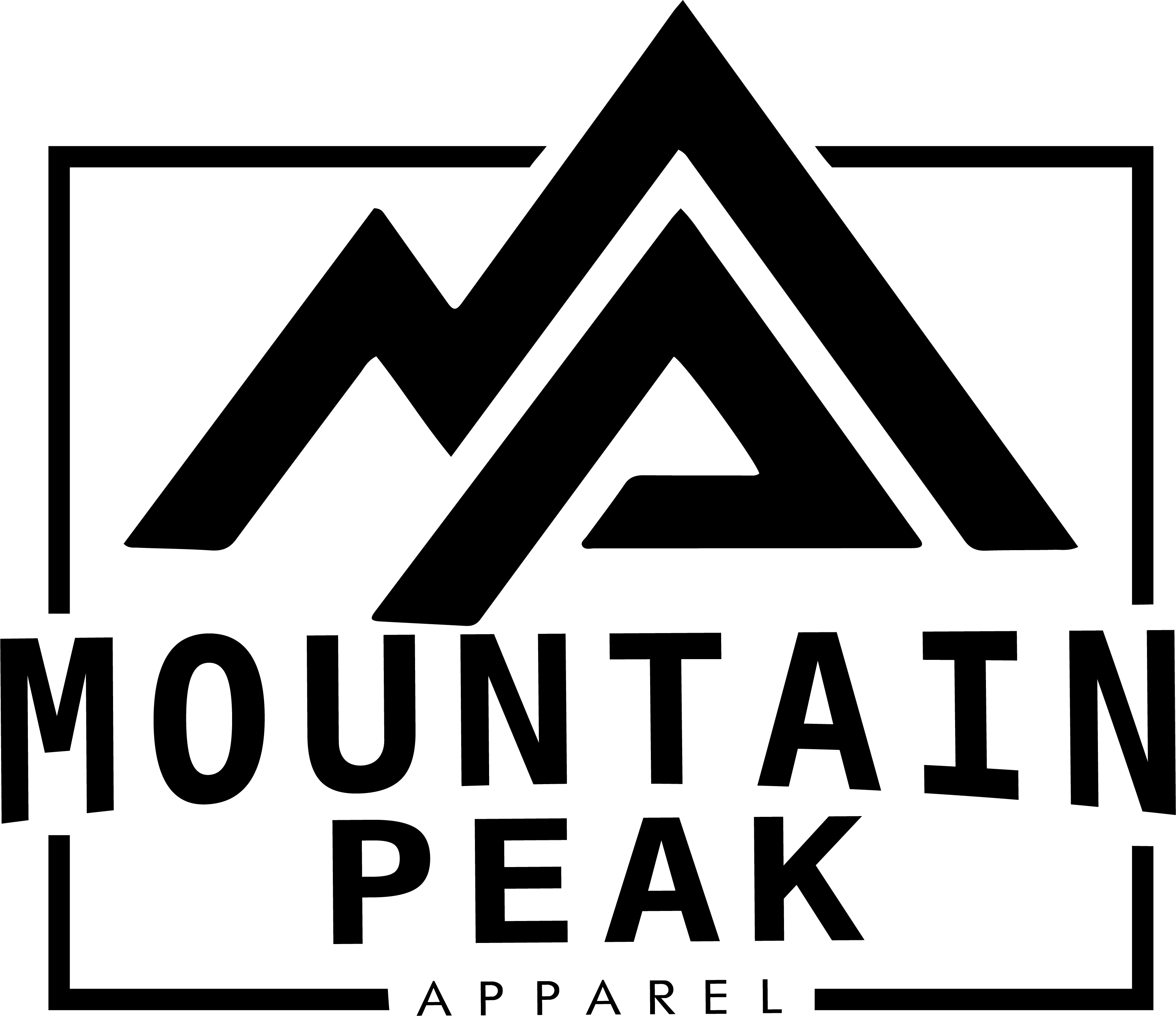Custom shirts are a great way to promote a business, display a cause, or even just express yourself, and there are a few ways to print a design on a shirt—or any fabric. So, which one is right for your design needs?
DIRECT-TO-GARMENT
DTG, or direct to garment printing, is when you print a design directly onto a garment using a specialized printer as if you were printing a regular document. In order for the ink to adhere to the fabric, the item must be pre-treated with a specialized coating and cured with a heat press beforehand.
Quality: With DTG, although the print rests on top of the garment or substrate rather than merging with it as with sublimation, the quality is still impressive and can last over 80 wash cycles, making it more durable and higher quality than heat transfer or HTV prints. And because DTG printing is not limited by the colors that you can print, you can achieve vibrant, full-color prints on both light and dark garments.
On-demand prints: Unlike heat transfer, sublimation and HTV, DTG printers do not require additional set up for each design since it is printed directly on the garment rather than transferred onto it.
Why choose this method? Multicolor-done in one pass allowing for precise crisp detail. One of the biggest perks to this method is that you can customize every size, so if you need a 4T and a 2xl you can change the size for each one. If you want a cotton blend t-shirt this is the route to go.
The downside- It is not meant for polyester, spandex or jersey blends.
TRADITIONAL SCREEN PRINT
Traditional screen printing is done using screens which act in the same way as stencils so that when the ink is pressed across the screen it only goes through where the design is. This method is done manually, and if a unique color is required, the ink is also mixed by hand. While there are automatic screen print presses, the process itself is still often done by hand, pressing the ink across the screens with squeegee. When the design is finished, you can feel the ink on the fabric.
Two things to keep in mind about traditional screen printing are that there is a maximum limit to the number of colors that can be used in design and a minimum number of shirts. Because of the way that screen printing presses are set up, only a certain number of screens can be accommodated, limiting the number of colors. Most often the maximum number of colors accommodated are four or six. And, because of the more complex process for creating the screens for a design, there is often a minimum number of shirts required to make going through the whole screen printing process really worthwhile—of about 12 shirts.
Why choose this method? This method is great for large orders, and the print holds up very well. It also is compatible with almost any type of material.
The downside is that you have to make a screen for each size. So if you need a 2t and a 2xl you would have to make 2 different screens.
HEAT PRESS VINYL
Heat press vinyl is an interesting medium between direct-to-garment printing and traditional screen printing. This process involves taking rolls of colored vinyl, cutting out a design, and heating the design onto the shirts using a heat press; you can feel the design on the fabric as in screen printing, though the feeling is different. This can be done on one shirt or multiple shirts and can be used on any color or blend of shirt. This method is in the middle on speed, though it is still a pretty quick way to have a shirt made.
There is also a limit on colors with the heat press vinyl, primarily due to logistics. When screen printing, the shirts and screens are lined up through placement in the machine. In direct-to-garment printing, the colors are printed all at once. However, with heat press vinyl printing, different colors and parts of designs are aligned by hand, and as the number of colors increases, complexity, difficulty, and probability of errors increases dramatically. So this method of printing is great for one- or two-color designs.
Why choose this method? It's very quick for a 1-2 color job, its cheap and does not need a lot of preparation. It is the perfect way to customize jobs, or add detail in areas such as pockets or sleeves.
EMBROIDERY
The design is stitched directly into the garment. This option is the only way we offer hats. It's a very nice clean look that looks very professional. Also a very good option for company tshirts, hoodies, and gear. Price is based on stitch count. Every item embroidered has a one time digitizing fee of $18. From there you can print 1-1000 items at any moment. You can use multicolor with no price change.
WHICH METHOD FITS YOUR NEEDS?
When choosing which type of printing will work best for a design it best to keep three things in mind: the number of shirts, the number of colors, and type of material of the shirt you want. After considering those things, it's only a matter of deciding which compatible kind of printing style meshes best with the design.
We offer all four of these methods at Malad Mama.
